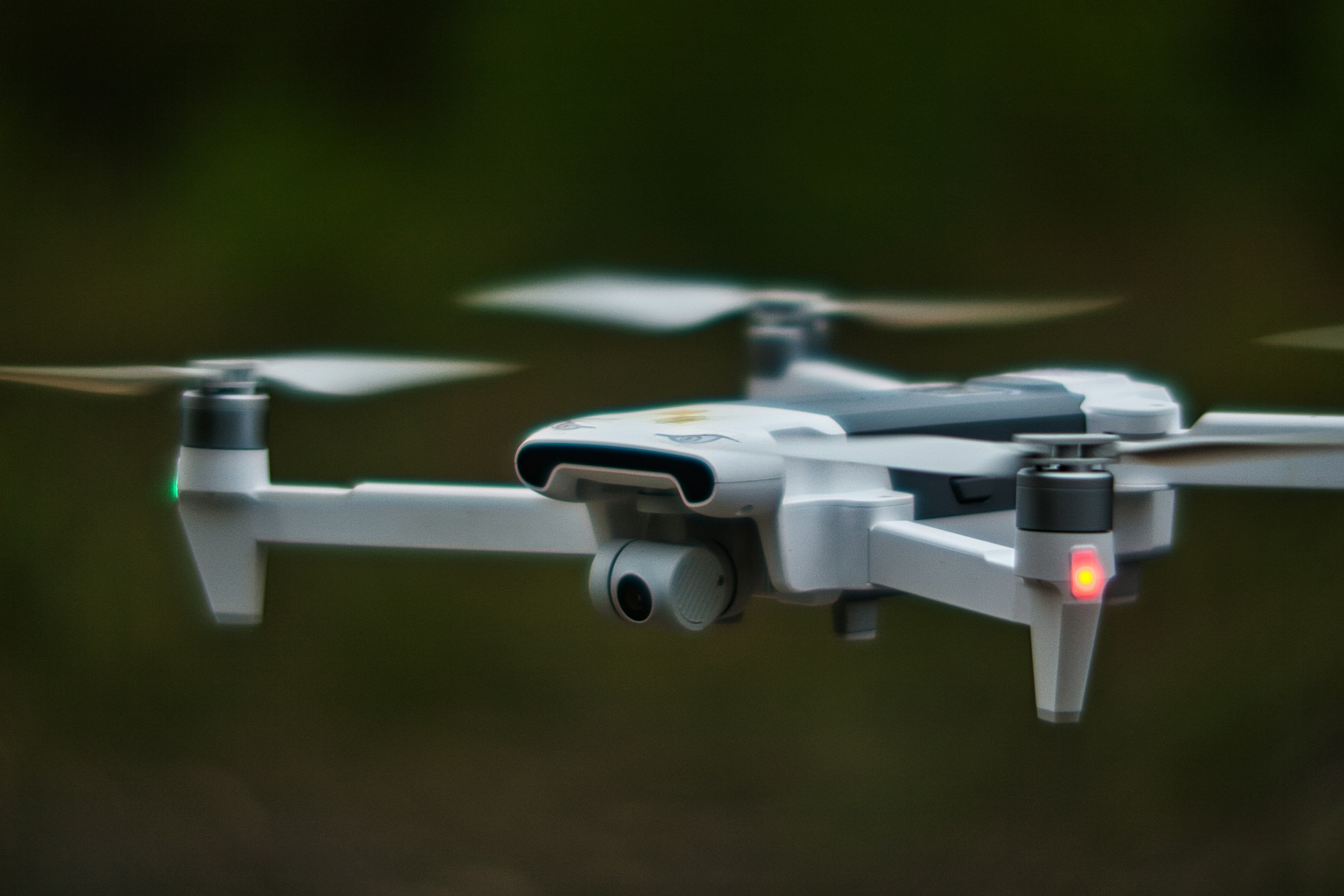Stirling Dynamics is recruiting for multiple System Dynamics Modelling and Simulation Engineers.
Due to upcoming projects and supporting continued growth, Stirling Dynamics are looking for engineers with an interest in mathematical modelling and it's application to simulating dynamic systems.
Stirling dynamics offer a unique opportunity to apply and develop your skills across different industries including:
Marine - Modelling boat dynamics, control systems, actuation systems, and contributing to multidisciplinary system modelling
Aerospace - Modelling the performance and behaviour of aircraft through flight dynamics, supporting the developing of actuation systems used within flight controls and landing gear systems, and developing knowledge of wider aircraft fly-by-wire systems
Simulation - Delivering and supporting the development of our world leading, fully active cockpit control devices, used on training and research simulators around the world
eVTOL - Be a part of the growing eVTOL and air mobility sector, where model based systems engineering is helping with the exciting new challenges this industry brings
With opportunities to work in all of these areas for customers stretching across the world, from Start Ups to large traditional established companies, Stirling Dynamics offers a diversity and breadth of experience difficult to obtain elsewhere.
The successful candidate will be part of the Simulation and Control technical capability group, and work alongside like-minded engineers, where you can learn and share your ideas, to enable the collaborative environment that Stirling Dynamics needs as we look to grow towards our strategic targets.
This engineer will work within a team responsible for all aspects of aircraft structural dynamics, from model build and validation to the prediction of flutter and the computation of ground and flight loads for the whole aircraft. As a Principal Engineer responsibility will include leading technical packages of work/tasks; providing input into the generation of technical proposal documents and supporting and approving the work of junior engineers.
The role will suit an engineer with a basis in modelling and simulation, ideally with some years of industrial experience with exposure to Matlab and Simulink.
This role will be predominantly based in our Bristol office with occasional travel to our clients' sites as required. As part of our commitment to flexibility, our staff can choose to work from the Expleo offices in Preston or Derby if preferred. We will also accept hybrid working.
Responsibilities
The successful candidate will work within the Simulation and control team developing models and running simulation analyses for a variety of reasons including (but not limited to):
In support of equipment and system design activities
Validation and derivation of system and equipment requirements
Development of system control and monitoring algorithms
Root cause analysisTechnical report writing is also an important part of the role, from Model Description Documents to Analysis Reports. As you develop, so too will your responsibilities, from representing the company to the customers, to contributing to technical proposals and leading technical modelling packages of work up to technical signatory and beyond.
You will work with the technical leads and principle engineers, to learning our modelling best practices and processes, whilst also contributing your own ideas to improve our methods and efficiencies.
Qualifications
Candidates will ideally be degree qualified (or equivalent), in a related discipline preferably Aerospace Engineering, Mechanical Engineering or Mathematics, and must be able to demonstrate a good understanding of fundamental modelling principles.
PERSONAL CHARACTERISTICS
Confidentiality
Flexible, can-do approach
Ability to deal with multiple conflicting requests
Professional attitude
Self-motivated to see tasks through to successful completion
Team working ethos
Essential skills
Matlab/Simulink
System engineering knowledge
Mathematical modelling
Algorithm design and application
Desired skills
Python
Electro-mechanical actuator experience
Multi-body dynamics
Understanding of control theory
Embedded systems
Experience with Speedgoat, Beckhoff or similar
Real time models
Experience
Up to 4 years experience
Applicants from Aerospace, Marine, Automotive or similar industries are welcome to apply where you can demonstrate the attributes described above
Benefits
Competitive Package - Grade 2 -4, £25,000 - £40,000 dependent on experience


